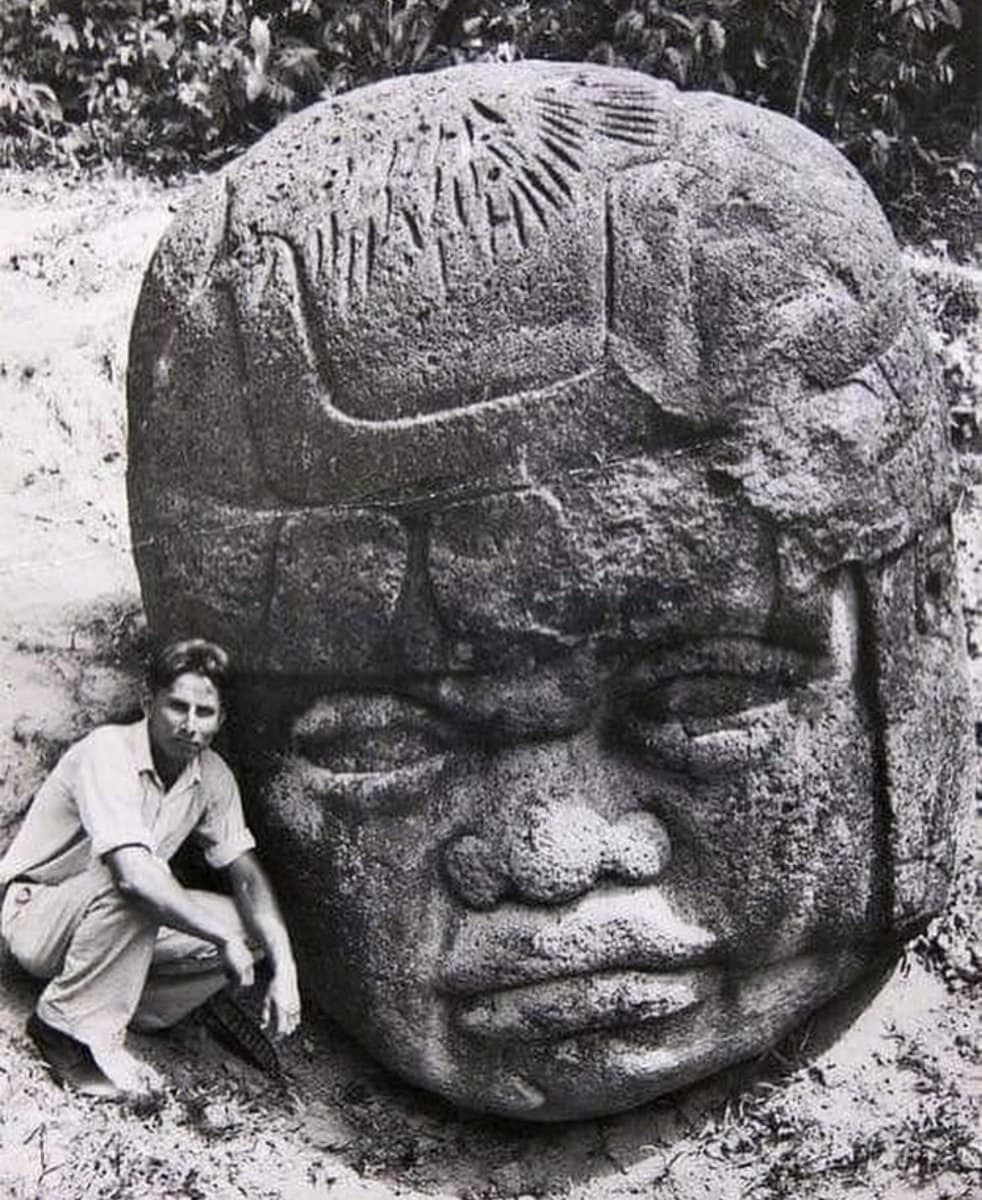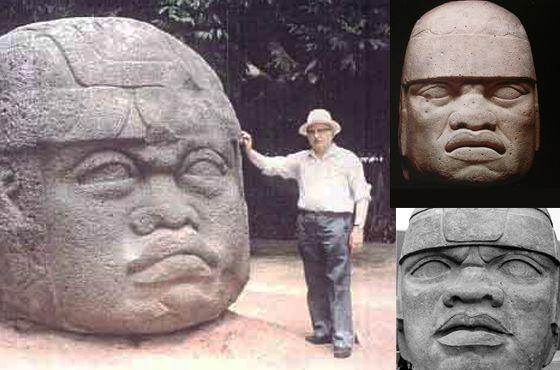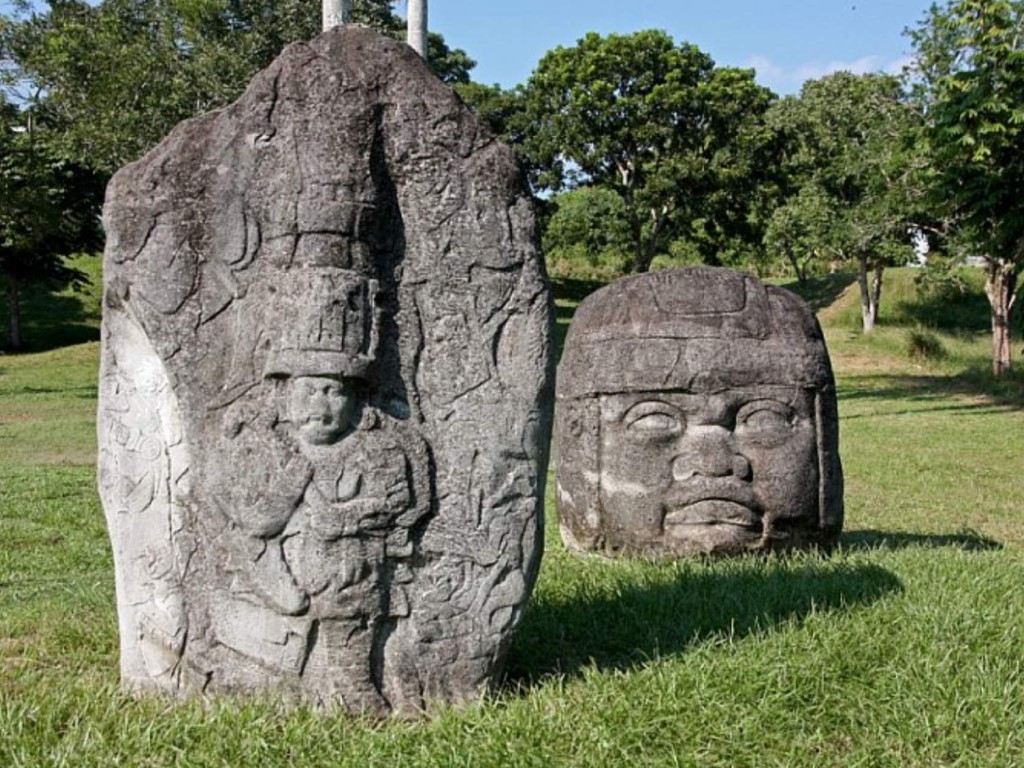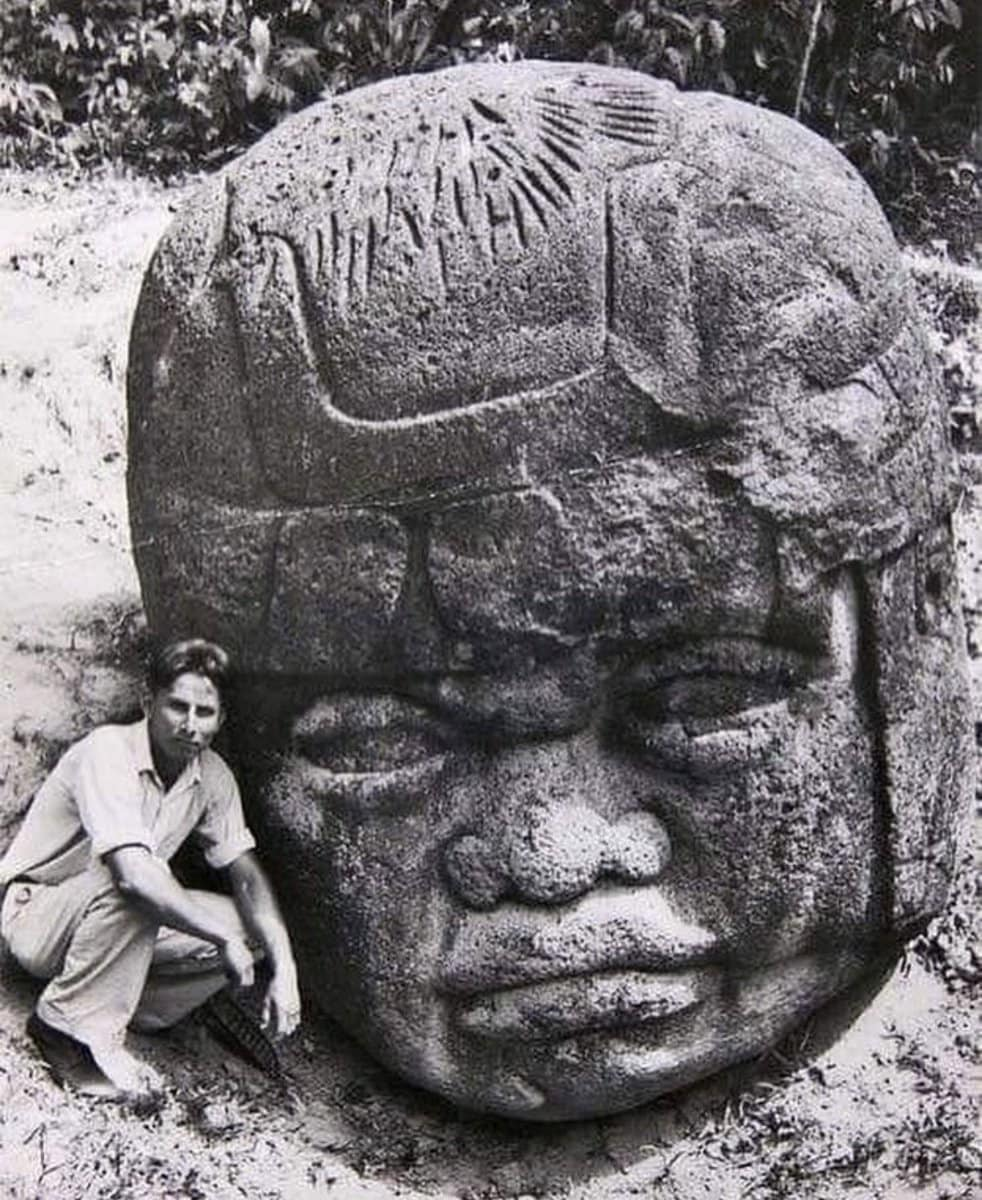The **Olmec colossal heads** stand as a remarkable testament to the engineering prowess and artistic skill of one of Mesoamerica’s earliest civilizations. Discovered across the tropical lowlands of Mexico, these monumental sculptures not only captivate with their size and detail but also pose intriguing questions about the ancient techniques and cultural significance behind their creation. Join us as we explore the mysteries surrounding these iconic artifacts.

#### A Glimpse into Olmec Civilization
The Olmec civilization, flourishing from around 1400 to 400 BCE, is often regarded as the “mother culture” of Mesoamerica. Renowned for their sophisticated society, the Olmecs made significant contributions to art, architecture, and early forms of writing.
1. **Historical Context**: The colossal heads are believed to represent powerful rulers or deities, emphasizing the importance of leadership in Olmec society. Each head, sculpted from basalt, measures between 5 to 12 feet tall and weighs several tons, showcasing the civilization’s advanced societal organization.

2. **Cultural Significance**: These monumental sculptures are not merely artistic expressions; they serve as symbols of political power and religious beliefs. The heads reflect the Olmecs’ intricate connection to their environment and the deities they worshipped.
#### Engineering Marvels
The construction of the Olmec colossal heads raises fascinating questions about ancient engineering techniques:
– **Material Sourcing**: The basalt used for the heads was quarried from sites located up to 50 miles away. This necessitated advanced logistical planning and labor organization, showcasing the Olmec’s ability to mobilize resources effectively.

– **Transportation Techniques**: Researchers speculate about the methods employed to transport these massive stones. Evidence suggests the use of wooden rollers or sledges, along with a labor force that could have numbered in the hundreds, indicating a high level of community cooperation.
– **Sculptural Techniques**: The artistry involved in carving these heads is equally impressive. The Olmecs utilized basic tools made from harder stones to shape and detail the basalt, allowing for the creation of distinct facial features and expressions that convey individuality and character.
#### Theories and Mysteries
Despite extensive research, many aspects of the Olmec colossal heads remain enigmatic:
– **Purpose and Representation**: While many scholars agree that the heads represent rulers, there is ongoing debate regarding their exact purpose. Were they used in ceremonial practices, or did they serve as markers of territorial boundaries?
– **Cultural Connections**: Some theories propose that the Olmecs had interactions with other Mesoamerican cultures, influencing their art and engineering techniques. Examining these connections can provide deeper insights into the region’s cultural exchange dynamics.
– **Preservation Challenges**: The heads, many of which are located in the open air, face challenges related to preservation. Efforts are underway to protect these artifacts from environmental damage and human interference, ensuring that they remain a valuable part of world heritage.
The **Olmec colossal heads** are more than just impressive sculptures; they embody the remarkable achievements of an ancient civilization that laid the groundwork for future Mesoamerican cultures. As we unravel the mysteries of their engineering and cultural significance, we gain a deeper appreciation for the ingenuity and artistry of the Olmecs. These monumental heads continue to inspire fascination and curiosity, reminding us of the rich history that shapes our understanding of human civilization. Explore the wonders of the Olmec colossal heads and uncover the secrets of ancient engineering that have stood the test of time

















